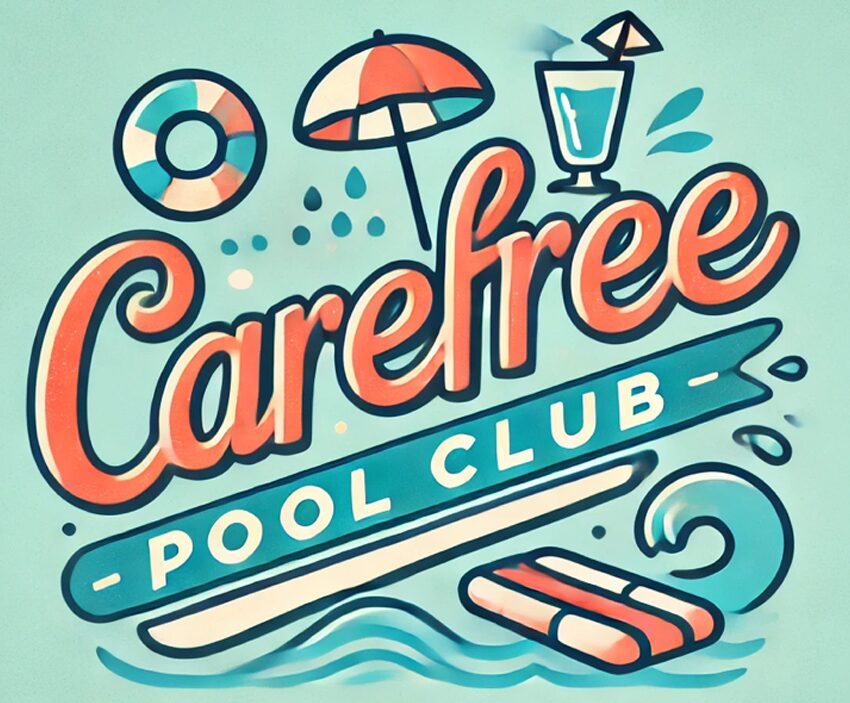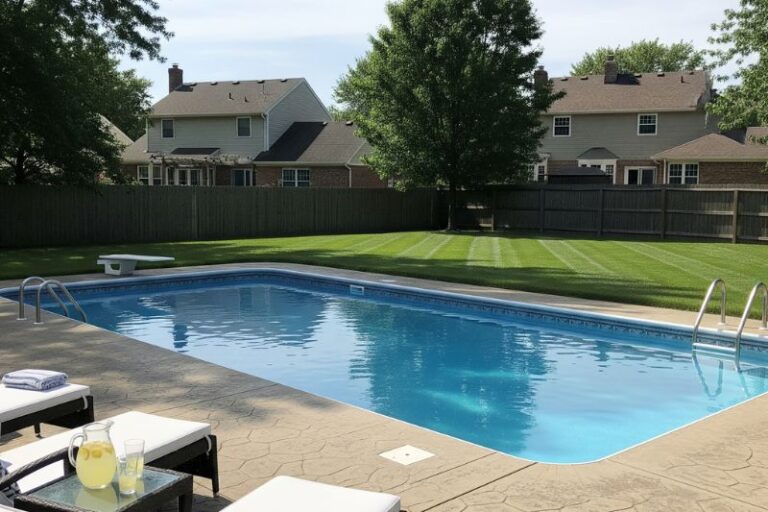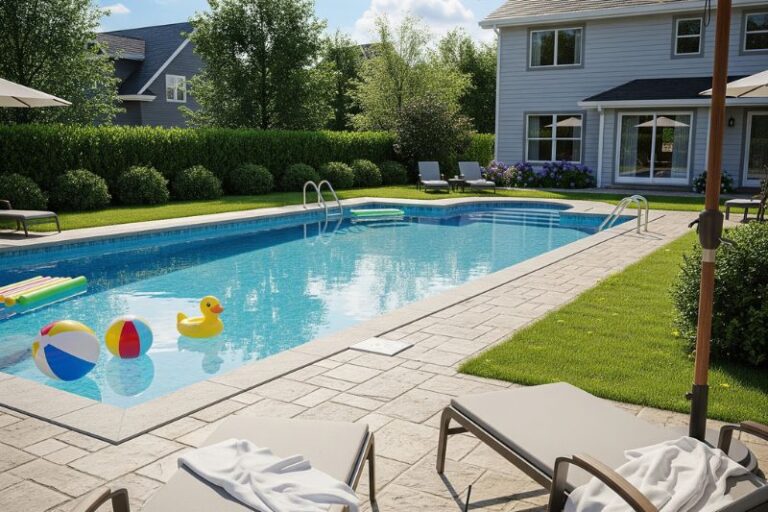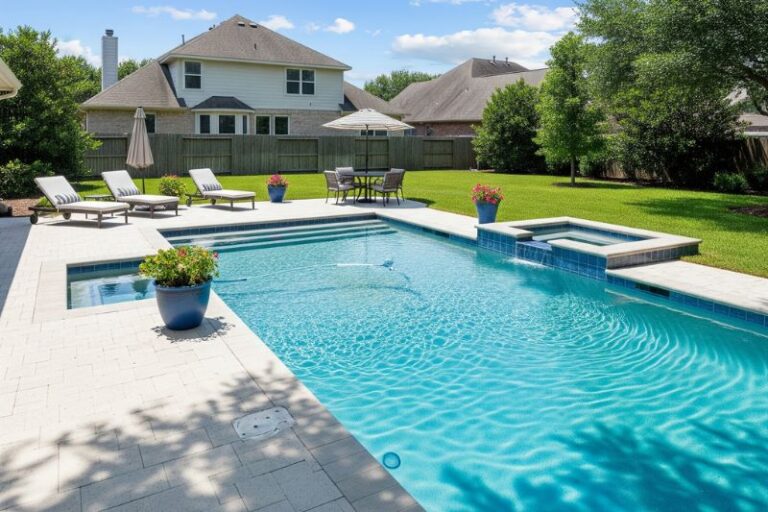It started like every perfect summer weekend. The sun was out, the floats were inflated, and the pool? Well, the pool looked… off.
Not green. Not swampy. But definitely not sparkling.
“I shocked it. I ran the filter. I did everything right,” said the homeowner. And that’s where our mystery begins.
Chapter One: The Clues
The water was dull and cloudy, like someone poured milk into it. No foul smell. Chlorine levels tested high. Filter was running.
But something wasn’t adding up.
There was a thin film on the surface. A slight stickiness underfoot. The kind of things only a seasoned pool detective notices.
Chapter Two: The Interrogation
We sat down with the suspect — the homeowner.
“Did you test the water?”
“Yes. Chlorine is high.”
“What about pH and alkalinity?”
“Well… no. I figured since the chlorine was good, the rest was fine.”
Classic.
A quick water test revealed the real story:
- pH: 8.2 (too high)
- Total alkalinity: 160 ppm (also too high)
- Calcium hardness: sky-high
And guess what? The filter pressure was climbing too.
Chapter Three: The Scene Of The Crime
The filter lid was warm. Too warm.
Inside? A half-clogged cartridge filter, coated with gunk and oils. Sunscreen, sweat, and everything else that a weekend of swimming brings.
The skimmer basket had gum wrappers, bugs, and a mystery clump of hair.
You’d think this pool was cleaned yesterday. And technically, it was. But the deep cleaning? That hadn’t happened in weeks.
Chapter Four: The Motive
Cloudy water is never just one thing. It’s a chain of bad decisions.
In this case:
- High pH and alkalinity prevented the chlorine from doing its job
- Old filter couldn’t trap fine particles
- No brushing allowed oils and debris to cling to surfaces
- No enzyme or clarifier to handle organic contaminants
Each small mistake was a thread. Together, they wove the cloudy disaster.
Chapter Five: The Breakthrough
We got to work. The pool didn’t need more chlorine. It needed balance.
Here’s the recovery plan:
- Lowered pH using muriatic acid
- Adjusted alkalinity down to 100 ppm
- Cleaned and soaked the cartridge filter in degreaser
- Brushed the pool walls and floor
- Ran pump continuously for 48 hours
- Added a clarifier to grab fine particles
Within a day, the pool looked better. By day three? Crystal clear.
Chapter Six: Case Closed
This wasn’t a case of bad luck. It was a classic example of skipping the basics while relying too much on chlorine alone.
The moral of the mystery?
- Test all levels — not just chlorine
- Clean your filter every two weeks
- Brush and vacuum consistently
- Use clarifiers and enzymes when swimmers load up the water
Even if you think you did everything right, cloudy water says otherwise.
Now you know what to look for.
Next time the pool starts looking dull, you’ll crack the case before it becomes a full-blown disaster.




